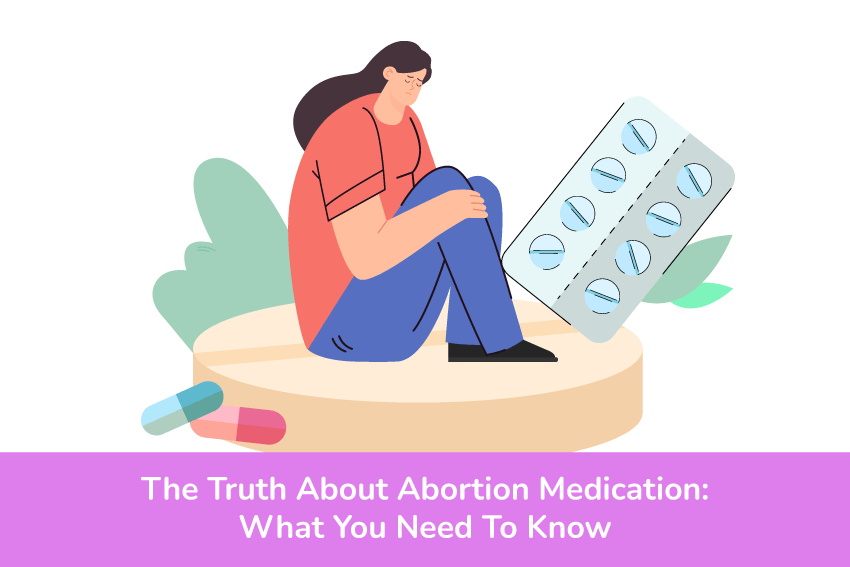Abortion is a complex and deeply debated topic with medical, legal, social, and ethical implications. This guide provides an in-depth exploration of abortion, addressing its types, methods, legal considerations, and social impacts. Through a balanced and factual approach, we aim to offer clarity on a topic of global significance.

What Is Abortion?
Abortion refers to the termination of a pregnancy before the fetus can survive outside the uterus. It can occur spontaneously, known as a miscarriage, or be induced intentionally for medical or personal reasons. Induced abortion is the primary focus of legal, medical, and societal discussions worldwide.
Types of Abortion
- Spontaneous Abortion (Miscarriage): Occurs naturally due to complications during pregnancy, often before the 20th week. Common causes include genetic abnormalities, infections, or underlying health conditions.
- Induced Abortion: A deliberate medical procedure to terminate a pregnancy. It is further classified into:
- Medical Abortion: Using medication to end a pregnancy.
- Surgical Abortion: A procedure performed by a healthcare professional to remove the pregnancy.
Methods of Induced Abortion
The method of abortion depends on factors such as the duration of pregnancy, medical conditions, and legal regulations.
Medical Abortion
Medical abortion involves the use of medications to end a pregnancy and is typically recommended during the first 10 weeks of gestation.
- Medications Used:
- Mifepristone: Blocks the hormone progesterone, necessary for maintaining pregnancy.
- Misoprostol: Induces uterine contractions to expel the pregnancy.
- Procedure:
- The patient takes mifepristone orally, followed by misoprostol within 24-48 hours. Cramping and bleeding occur as the pregnancy is expelled.
- Effectiveness: Approximately 95%-98% effective when administered correctly.
Surgical Abortion
Surgical abortion is a procedure to remove pregnancy tissue from the uterus. It is generally performed in a healthcare facility.
- Vacuum Aspiration (First Trimester):
- Involves using gentle suction to remove the contents of the uterus.
- Typically performed up to 14-16 weeks of gestation.
- Dilation and Evacuation (Second Trimester):
- Combines vacuum aspiration with surgical instruments to remove pregnancy tissue.
- Performed after 14 weeks of gestation.
- Induction Abortion (Later Stages):
- Induced by medications or procedures to initiate labor and delivery of the fetus.
- Reserved for cases involving severe fetal abnormalities or risks to maternal health.
Legal Framework of Abortion
The legal status of abortion varies widely across countries, influenced by cultural, religious, and political factors.
Global Legal Perspectives
- Permissive Laws: Countries like the United States (state-dependent), Canada, and much of Europe allow abortion on request within specific gestational limits.
- Restrictive Laws: Nations in Latin America, Africa, and the Middle East impose significant restrictions, often permitting abortion only in cases of rape, incest, or threats to the mother’s life.
- Prohibited Completely: A few countries, such as El Salvador and Malta, ban abortion entirely, with no exceptions.
Key Legal Considerations
- Gestational Limits: Many countries set limits on when abortions can be performed, ranging from 12 to 24 weeks.
- Parental Consent: Minors may require parental or guardian consent for abortion in certain jurisdictions.
- Mandatory Counseling: Some regions mandate counseling sessions before permitting abortion procedures.
Ethical and Social Considerations
Abortion raises significant ethical and moral questions, often dividing societies and sparking debates.
Ethical Arguments
- Pro-Choice Perspective:
- Advocates for a woman’s right to choose and control her body.
- Emphasizes access to safe and legal abortion services to reduce maternal mortality.
- Pro-Life Perspective:
- Argues for the rights of the unborn fetus as a potential life.
- Promotes alternatives like adoption and increased support for pregnant individuals.
Social Impact
- Access to Healthcare: Lack of access to safe abortion services often forces individuals to seek unsafe and illegal procedures, leading to increased health risks.
- Stigma: Social and cultural stigmatization of abortion can deter individuals from seeking necessary care.
- Economic Implications: Unplanned pregnancies can contribute to financial strain for individuals and families, influencing decisions regarding abortion.
Medical Risks and Complications of Abortion
Common Risks
- Medical Abortion:
- Heavy bleeding, cramping, nausea, and incomplete abortion requiring surgical intervention.
- Surgical Abortion:
- Infection, damage to the uterus, or complications from anesthesia.
Long-Term Effects
- Studies suggest that abortion does not significantly increase the risk of infertility or long-term mental health issues. However, individual experiences vary, emphasizing the need for counseling and support.
The Future of Abortion Access
As societal attitudes evolve, the future of abortion access hinges on several factors:
- Technological Advancements:
- Development of safer medical techniques and medications may improve access and reduce complications.
- Policy Changes:
- Global movements advocating for reproductive rights could lead to more equitable abortion laws.
- Education and Awareness:
- Comprehensive sex education and awareness campaigns can help reduce unplanned pregnancies, minimizing the need for abortion services.
Abortion is a deeply personal and complex issue that intersects with medical, legal, and ethical domains. Ensuring access to safe and legal abortion services is essential for protecting maternal health and upholding reproductive rights. As debates continue, fostering informed discussions and empathetic approaches will be key to addressing this multifaceted topic.